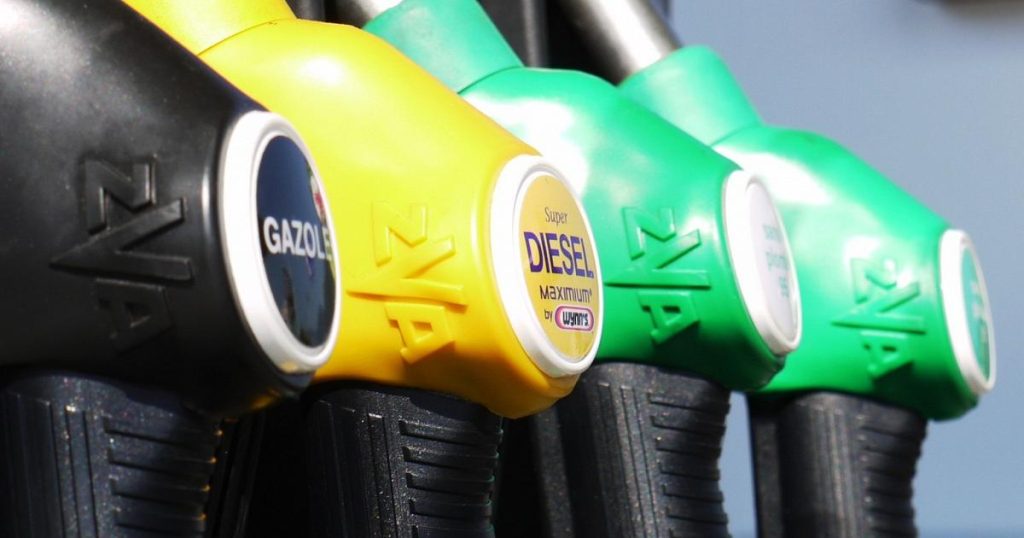The price of gasoline in Italy has surpassed the psychological barrier of 2.5 euros per liter at some service stations, with record prices being reported on regular roads rather than highways. Assoutenti has analyzed the latest prices communicated by operators to Mimit and published on the Ministry website. Prices for gasoline and diesel have significantly increased, with some stations selling gasoline above 2.5 euros per liter. For example, in Taranto, gasoline costs 2.537 euros per liter, while in Benevento, it is sold for 2.522 euros per liter. Prices have also exceeded 2.4 euros per liter in some stations in Bergamo, Milan, and Cuneo. However, some stations do not promptly communicate their prices to Mimit, leading to outdated information.
According to Assoutenti, many gas stations do not update their prices regularly, leading to discrepancies in the reported data. On February 16, the most expensive gasoline on the highway was sold near Piacenza for 2.499 euros per liter. Prices also reached 2.429 euros per liter on the A12 highway, 2.419 euros per liter on the A55, and 2.405 euros per liter on the A8/A26 and A4 highways. The president of Assoutenti, Gabriele Melluso, has warned that in just six weeks, the average national price of petrol has increased by 5.3% and diesel by 6.3%. The risk of further price hikes could lead to inflation and impact the retail prices of goods transported by road, which make up 88% of all merchandise sold in Italy.
Italian consumers spent 70.9 billion euros in 2023 on gasoline and diesel purchases, with a slight decrease of 0.3% compared to the record high of 71.1 billion in 2022. These figures were based on data from the Ministry of the Environment and Energy Security. Out of the total expenditure in 2023, 38.1 billion euros went towards taxes and VAT, while 32.8 billion euros went to production and distribution. There was a 22.7% increase in tax revenues compared to 2022, mainly due to the end of concessions in 2022. The industrial component, on the other hand, saw an 18.1% decrease in expenditure.
The increase in tax revenues is attributed to the removal of concessions granted in 2022, leading to higher taxes collected in 2023. Despite the slight decrease in overall spending on gasoline and diesel in 2023, the impact of rising fuel prices on consumers and the economy remains a concern. The escalating prices at the pump could have far-reaching consequences on retail prices, inflation, and the overall cost of living for Italian households. It is crucial for regulators and policymakers to monitor the situation closely and take appropriate measures to address the challenges posed by the rising fuel costs.


